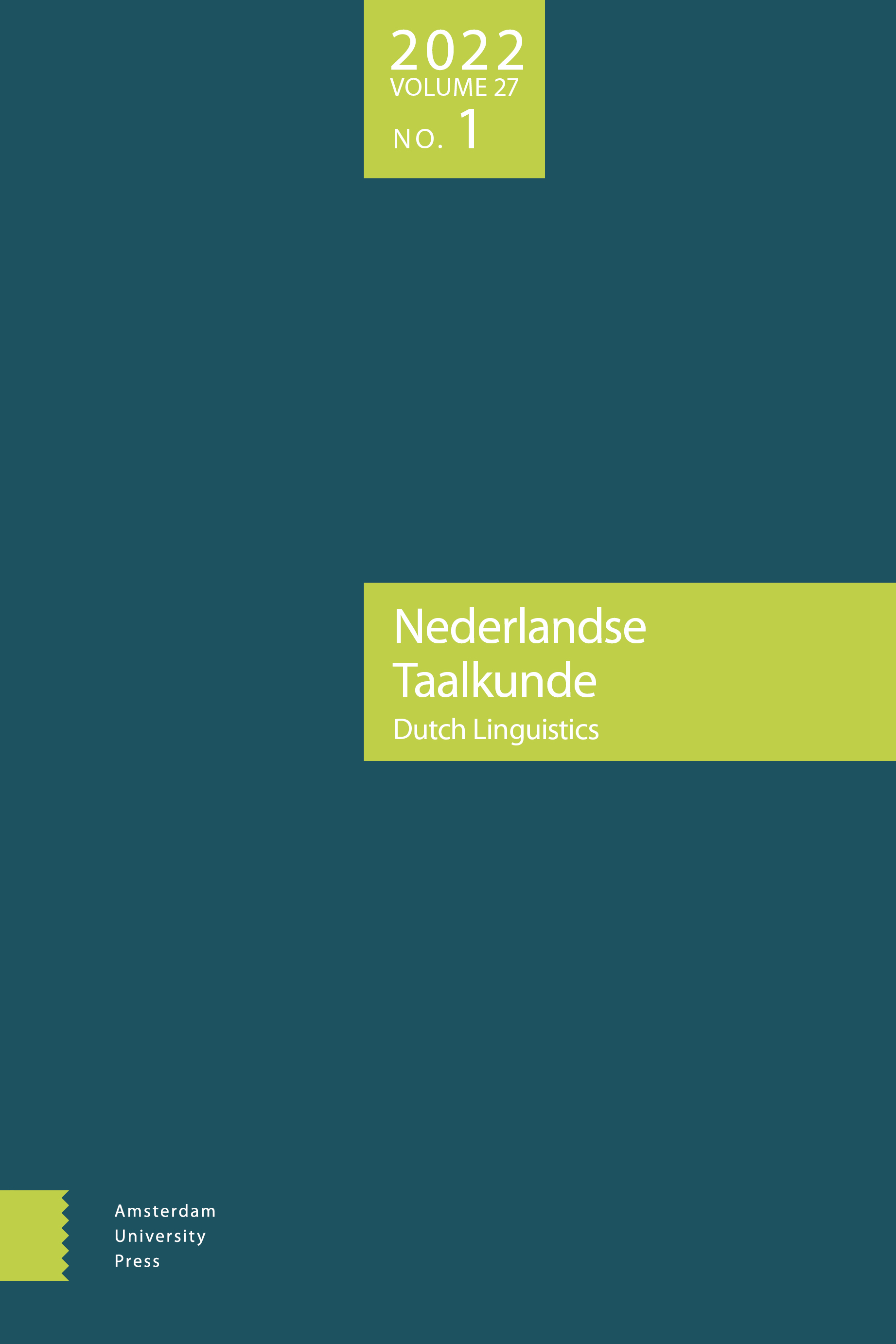
Full text loading...
This paper focuses on the merits of Dirk Geeraerts in the field of (diachronic) lexical semantics. The article highlights Geeraerts’ work on prototypes and metaphor. Some of Geeraerts’ most illuminating case-studies are reviewed and a number of characteristic features of this part of Geeraerts’ work are identified and presented.

Article metrics loading...

Full text loading...
References


